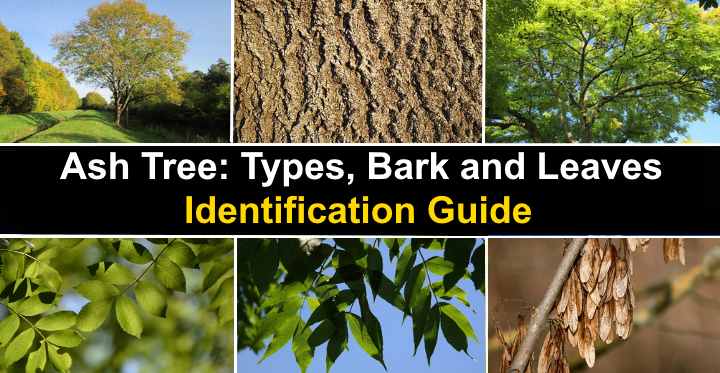String of Hearts Plant (Ceropegia Woodii): Caring for Rosary Vine
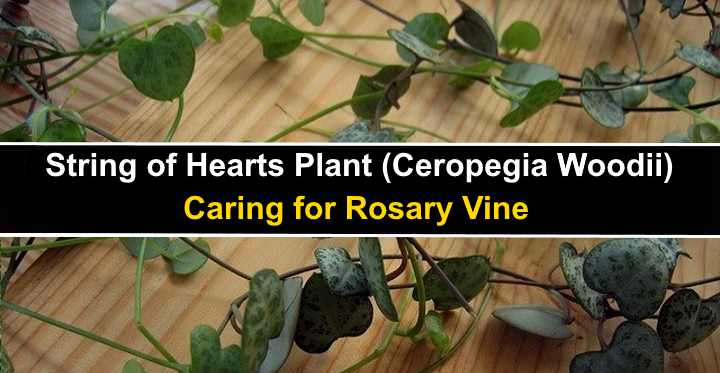
String of hearts (Ceropegia woodii) is a succulent plant with delicate purple trailing vines and heart-shaped leaves. String of heart vines can grow up to 13 feet (4 meters) long. The leaves look like hearts on a string. Other names for Ceropegia woodii include chain of hearts, rosary vine, and sweetheart vine.
Types of Asparagus Fern: Foxtail, Plumosa, Sprenger (Including Caring for Asparagus Fern Plant)
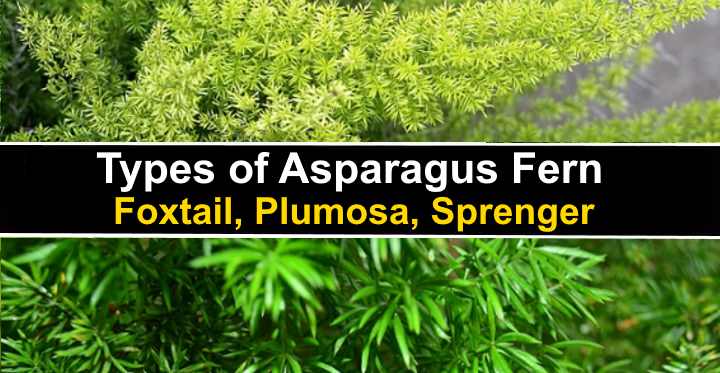
Asparagus ferns are a species of ornamental plants with feathery, fern-like leaves that grow in attractive clumps. Despite their name, asparagus ferns are not a real type of fern but are perennial plants in the plant family Asparagaceae. Common types of asparagus ferns are foxtail ferns, plumosa ferns, and Sprengeri ferns.
Ash Tree: Types, Bark and Leaves – Identification Guide (Pictures)
Asparagus Plumosa Fern: How to Care For Plumosa Fern (Asparagus Plumosus)
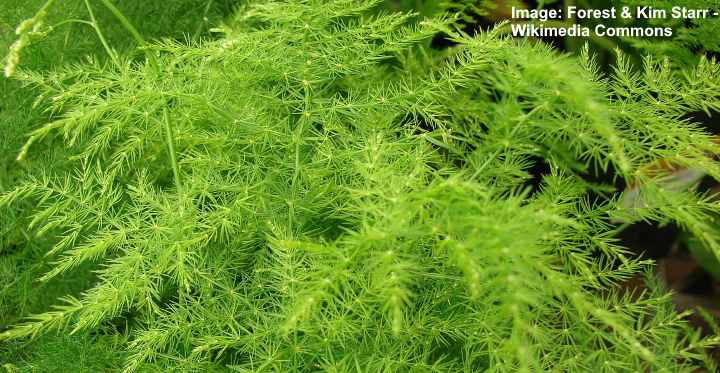
Asparagus plumosa ferns are ornamental perennial plants with long, soft leaves that grow like feathery clumps. Asparagus ferns get their name from their fern-like foliage. However, asparagus ferns are in the Asparagaceae family and not classified as true ferns. Asparagus plumosa ferns are also called lace fern, climbing asparagus, asparagus grass, or ferny asparagus.
Sycamore Trees: Leaves, Bark, Types – Identification Guide (Pictures)
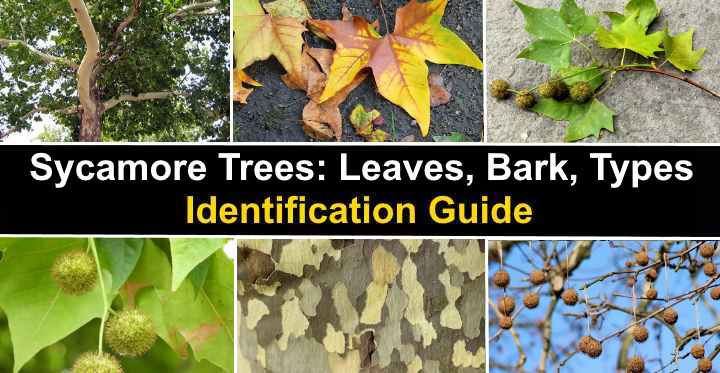
Sycamore trees are huge deciduous trees with a broad, rounded crown of lush green foliage. Sycamore trees have serrated lobed leaves that resemble maple leaves with three to five lobes. Sycamores have thin, peeling reddish-brown bark and seed balls that drop in spring. Sycamore trees grow to between 100 and 130 ft. (30 – 40 m) tall.
Whiteflies on Plants: Effective Ways to Kill These Tiny White Flying Bugs
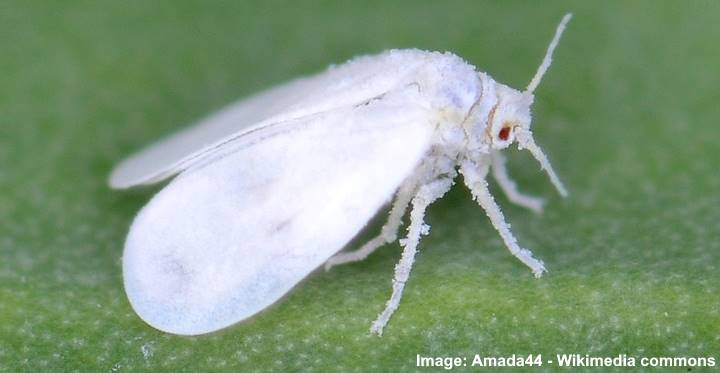
Whiteflies are small flying insects that can quickly infest your garden plants and houseplants. Whiteflies rapidly cause damage to vegetables and plants by sucking juices from them. These white-winged bugs also damage plants by infecting them with disease and causing a sooty mold to grow on plant foliage.
Pineapple Plant: Complete Care and Growing Guide (With Pictures)

Pineapple plants can be easily grown just by planting the pineapple tops in soil. The pineapple top grows into a bushy plant. If you get growing conditions right, the pineapple plant flowers and a pineapple fruit eventually appears. Pineapples can grow in pots indoors, or if you live in warmer climates it can grow outdoors in your garden.
The 14 Most Beautiful Aquatic Flowers to Grow in Water

Stunning aquatic flowers add color and beauty to ponds, aquariums, water gardens, or jarrariums. Flowering plants floating on the water’s surface are spectacular to look at. More than just having aesthetic value, aquatic flowering plants help to oxygenate water in aquariums and fishponds. Also, the leaves of aquatic flowers provide food and shelter for fish.
Types of Arborvitae: Hedges, Trees, and Shrubs (With Pictures and Identification)
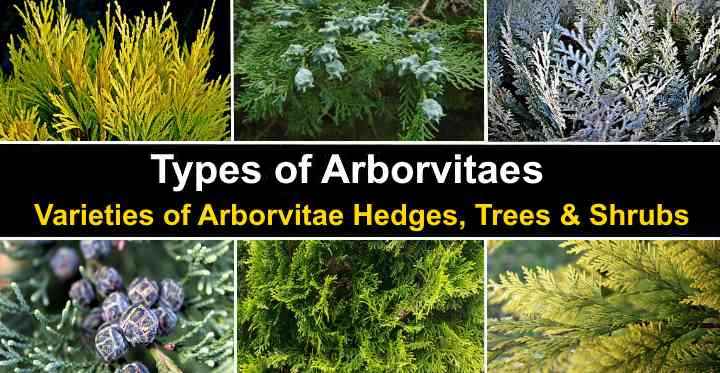
Arborvitaes are generally slow-growing evergreen conifers with soft, lush feathery foliage. Different types of arborvitae grow as upright columnar trees, small conical trees, or globe-shaped shrubs. Arborvitae trees and shrubs are ideal for natural privacy screens, wide hedges, living fences, or specimen trees.
Sago Palm: Tree Care and Growing Instructions
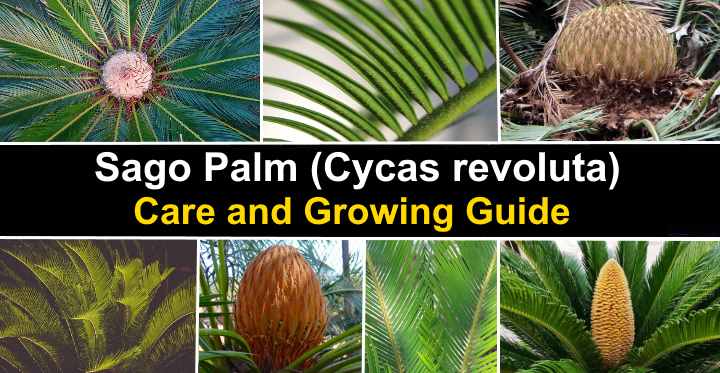
Sago palms (Cycas revoluta) are evergreen, slow-growing tropical plants with long arching green palm-like fronds or branches. Sago palms have a thick shaggy or hairy looking trunk. Sago palms are not true palm trees, but rather a type of ornamental cycad. Easy-to-grow sago palms are also called king sago, cycad palm, sago cycad, or Japanese sago palm.

